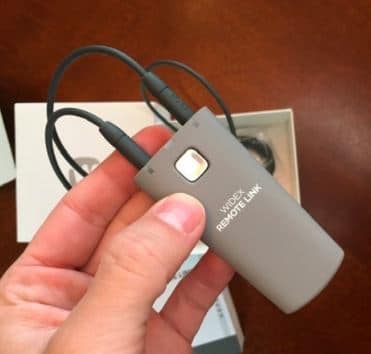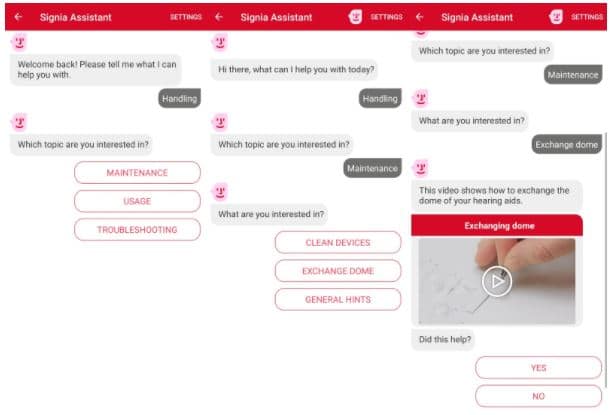Apr. 05, 2016
More Stinkin’ Barriers, part 2
There are no barriers that discourage new entrants to the hearing aid industry (previous post at HHTM) Today’s Econ 202 post continues its contrarian ways by scaling barriers of varying sizes in the US hearing aid manufacturing and delivery system. Part 1 itemized regulatory requirements for manufacturers, audiologists and providers which pose varying structural challenges to new entries, compared to incumbents. The economic view









